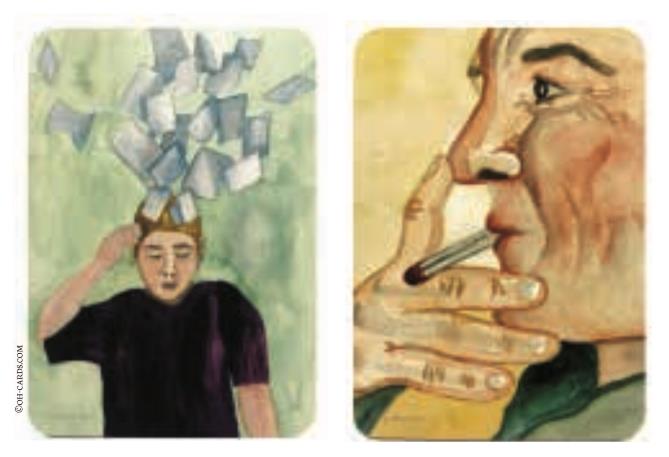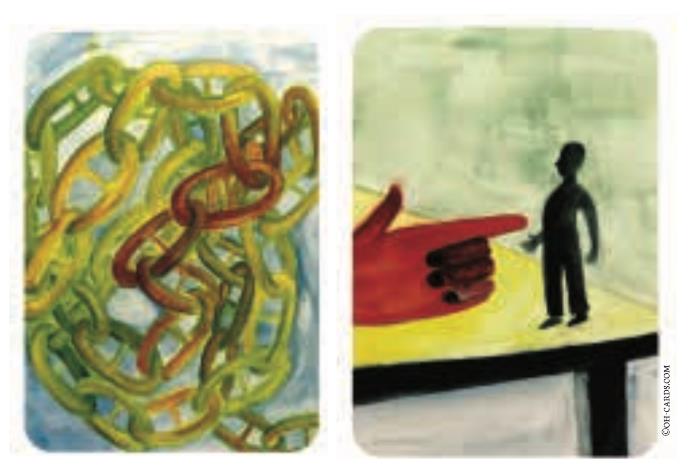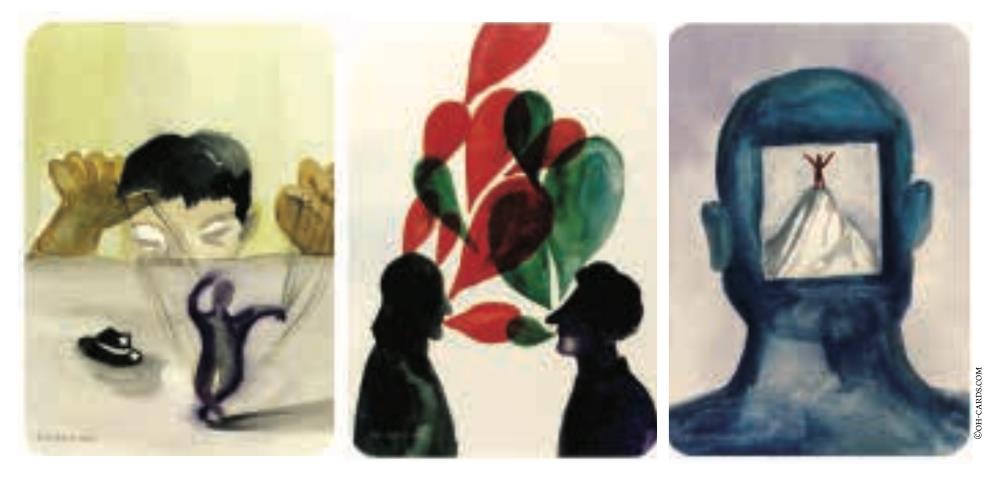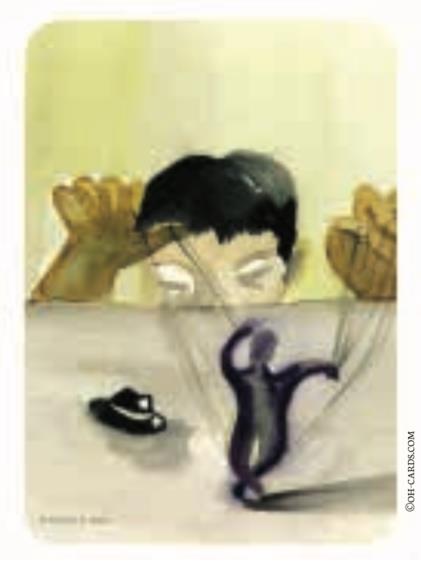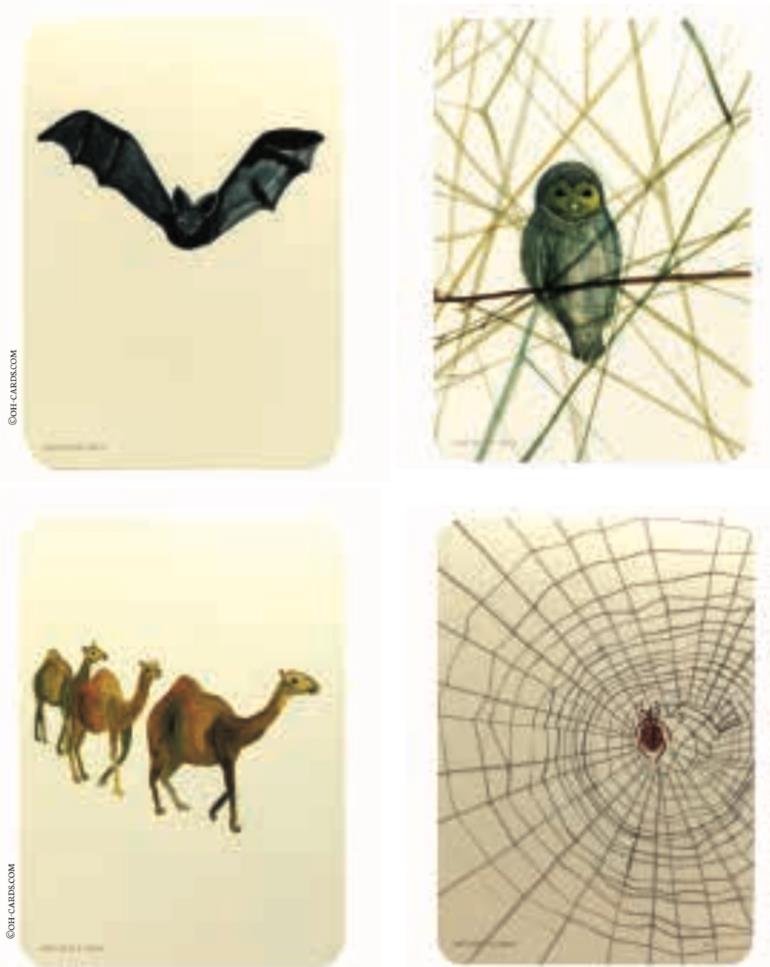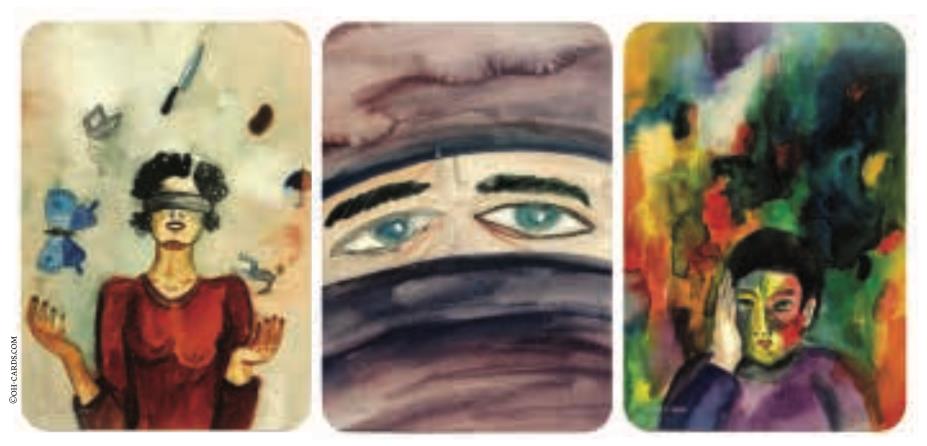
Julia and her Anger
(Translated from Spanish, see below for original language version)
Exploring Dissociated Affections with “Resilio”
Julia -a 14 year-old girl- arrives to her consultation referred by her nutritionist, who sees a great amount of pent-up distress caused by family conflict. She has been overweight since she was 10 years old, point in her life in which her parents separated in the midst of mutual accusations. Julia and her sister, Mara, have a family relationship, but are not able to build a partnership or any type of complicity, which sometimes results in episodes of physical violence.
At the consultation, Julia shows that she is a teenager who is over-adapted and extremely involved in her parents’ issues. The only space in which she feels safe is with her group of friends from school.
As an over-adapted child and adolescent, Julia maintains a fluent verbal communication, with extensive and appropriate vocabulary. Her words, at best, build communication bridges but, in other occasions, they put up barriers. As I try to communicate with her, I am very aware of her body language, as well as her emotion, prosody, tone and the intensity of her words, rather than to the content in itself.
Frequently, Julia would arrive to her appointments with allergies, knee pain (due to her overweight), pharyngitis, headaches, etc. We then explored her feelings and the situations that could have triggered these symptoms. In this way, very slowly, Julia expanded her body awareness, and learned that maybe her physical ailments were related to every-day situations of her emotional life. By means of this, she managed to explore her emotions and, sometimes, we were able to create moments of great intimacy during our sessions.ii
Julia needs recognition and, for the moment, she only gets it from her friendships. She deeply values her friends, so much so that she fears to show any anger when something bothers her, which makes her experience this rivalry silently, and is not able to express it. She hangs out with them, has a lot of fun and is always thinking of ways in which she can help them. She cannot imagine herself confronting them without feeling that the confrontation could lead to abandonment or retaliation. Up to that moment, Julia had not achieved a favorable resolution for her anger. Anger hinders her relationships because she cannot control her hatred, irritation and rage. These feelings take her back to certain situations of her childhood, which continue to be relevant in the present time.
One day, Julia arrived very angry to the appointment, with her face notoriously red due to an allergic reaction that produced itchiness and pain. She had failed a history test and was outraged, since she had studied a lot and felt that it was unfair.
She had not brought situations related to anger to the sessions for a long time, except sporadically, when she expressed that she had “exploded” with her sister or with one of her parents.
When she explained her outrage, I asked Julia if she could connect her anger with the allergies, to which she replied –for the first time– “Maybe”, and stated that she had torn the exam due to her anger. After validating the anger she felt after failing the test, I pointed out the way in which she could go from one extreme to the other: “I either tore up the exam, or I keep quiet, without showing any emotion”. In response to this intervention, Julia answered: “That’s why I don’t express any anger to my friends, it’s because I don’t want to explode.”
That was when I suggested Julia to work with the Resilio deck of the OH Cards, to help her explore her emotions and differentiate gradients within her anger. This was to include a tool that was imagery-rich, which would avoid Julia’s tendency to intellectualize. Images could help her evoke emotions more easily, and connect with the affections and physical sensations that she struggled to register and incorporate.
We did this in two stages: firstly, I asked Julia to choose the images that represented anger. Then, I asked her to arrange them according to the level of anger that they caused.
Julia committed herself to the task immediately and, with much interest, picked several images that she carefully arranged into four levels. Meanwhile, she said to the cards above:
“I know there’s something in this level, but I don’t know what it is”. “I don’t know what it is and I don’t want to see it or I cover it up”.
“This one is an anger episode that I may identify at Level 1. I am aware of it at Level 2, but I keep it to myself”, “keep everyone away from me!”. Showing the card with the image of a man smoking, she said “And I keep my anger to myself”.
“This would be me pointing to what or who is angering me, and I block them, or I shut them out”.
“This one shows that I can be very mean (puppet card) If I want to be mean, you’re screwed (thinks for a few seconds). This would be my sister” (pointing at the puppet). “There’s name-calling, I’m the red one since I can be very aggressive. The other one doesn’t fight back. This is the ultimate level of anger (last card), that’s why it’s at the end, the swearing is at its highest here.”
After describing the images and connecting them, I asked Julia to look at the images from the four levels again and tell me what she saw now. At this point, after so many words, coming back to the image could awaken another idea or emotion.
Julia replied: “That I’m very mean, I go from 0 to 100 really fast, I ruin people, I destroy them”.
Working with the Oh Cards produced such interest in Julia that, as the session progressed, I proposed other options, to which she responded willingly. The work environment was ideal to proceed with the exploration of her emotions. That was when I took a step forward, with the aim of building a bridge to the bodily dimension, and asked her to include allergies on any of the levels, to which Julia replied: “at Levels 1 and 2”. Then I asked: “If allergies could talk, what would they say?” to which she replied “Umm… that I already got mad”. At that moment, we took some time to talk about the signals that her body sent, and how they could be considered warnings; the recurrent sore throat, the redness of her skin. “Our bodies talk” I said, confident in the idea that her body was keeping a variety of experiences and emotions locked away, and she was not able to process them or integrate them. Up to that day, Julia had come to the appointments with allergies and not once had she connected them to her everyday life and, even though I tried to achieve this through her words, I could not make her explore her physical symptoms. However, by means of the imagesvi, Julia showed more permeability, she even seemed to be enjoying the activity.
The puppet image caught my attention due to the direct reference to her sister, the negative verbalizations to herself (“I’m mean”) and, fundamentally, to the sense of helplessness against a manipulator, making it impossible for a transformation to take place. It became clear that this deeply rooted aspect of Julia’s could be showing a dissociative state. This is why I suggested that we kept working with the puppet card.
Initially, I asked Julia to form associations based on the images. I will transcribe the dialogue that we had during the session next:
Therapist- “Based on the sensations that these images produce, I need you to express everything that resonates with you, no matter what it is”.
Julia- “That’s how I get when I treat Mara poorly, I’m mean, I manipulate her, I say anything. She doesn’t know how to defend herself. ”
Therapist- “I don’t believe that you behave like this because you’re mean, but rather because you don ́t know -because you haven’t learned- how to do something different in the face of these emotions and situations than anger and overwhelm you. This aspect of yours, like many others, does not need to be punished or scolded, or even eliminated. Instead, we should try to understand what happens when you behave like this, what you feel in your body, what you think…”.
It seemed important to show Julia that our work would be focused on understanding and thinking of alternatives for her anger, and searching for new answers. She gradually noticed that getting mad was not the problem, but rather overly reacting every time something bothered her. She was able to perceive that avoiding her anger provoked a subsequent lack of control that did not let her express her feelings.vii The aim of working with dissociated states is to achieve a greater integration and comprehension of the dissociated object.
Julia- “The worst part is that I’m not even aware of it. I can say anything, I insult her.” Therapist- “Try to remember the first time this happened.”
Julia – (thinks) “It surely has to do with my family.” At that moment, Julia recalled painful situations that she had to go through when her parents separated, and remained silent for a while.
Julia- “We should remove this card from the scale”.
After expressing her desire to remove the puppet card -which made her mad with herself- I asked her to look at the cards with animals in them, and to choose those cards that could help her understand something about her feelings. The aim was for her to broaden her conscious awareness. I was still convinced that the way to success was comprehension and integration of this aspect that Julia was rejecting from herself.
Julia chose three cards: bat, owl and camel. Then she added the spider -in the spider web-.
She took them and put them on the table.
Julia- “Keeping quiet and not seeing (pointing at the bat and owl) cause this (pointing at the camel): something builds up and explodes, much like my back problem, which is the most psychological thing that has ever happened to me”viii. Then, taking the card with the spider, she said: “The only choice that spiders have is to make their web and wait for food to come”.
Therapist- “I have the impression that, when you were a child, you also had no choice, because you depended on your parents. Therefore, you did to your sister what you felt your parents had done to you. This is because, when you were a child, you were not old enough to realize what was happening, but now you do, so you understand it and you don’t like it.”
At first, the images connected Julia with her emotions; after that, she could reflect upon her anger and its different levels, and included body awareness -allergies and back problems-. Later, we looked for words to signify this new knowledge, which made her begin a psychological process.
As we can observe, the use of the OH Cards provided a pleasant session to reflect upon, that helped Julia to reach new levels of symbolization, by integrating emotions and aspects of her history that remained dissociated, and that ultimately led to a violent relationship with her sister.
Read the original Spanish version
This is an extract of the chapter “Puentes hacia lo fraterno. La relación terapéutica y la amistad” (Bridges to Fraternity. The Therapeutic Relationship and Friendship), Chapter 4 of the book Alianzas entre pares (Peer Partnerships) (2020). It was previously presented at the XXVII Encuentro Latinoamericano sobre el pensamiento de Winnicott (Latin-American Conference on the Thinking of Winnicott) at the workshop “Cuando las palabras no son suficiente. Una invitación desde el arte a la asociación“ (When Words Are Not Enough. An Invitation from Art to Association) dictated by Victoria Font Saravia and Yanina Piccolo, with the use of the OH Cards.
This intimacy could be considered a part of the intersubjectivity, a generator of desire and tension, a shared experience between people who find themselves in the same emotional space.
Egetmeyer Moritz, “Resilio” Associative Cards, OH Institute, Germany, www.oh-cards.com
The Resilio Cards contain a great amount of images with every-day situations and several cards with paintings of animals.
OH Cards Associative Cards, Publisher Moritz Egetmeyer, OH Institute, Germany www.oh-cards.com
There is an Argentine expression, “me la fumo” (I smoke it), which refers to keeping things inside, to keep going regardless of what happened. This is what Julia is referring to here.
According to current Neuroscientific research, images stimulate emotional processes that depend on the right hemisphere. Even empathy, self-awareness, identification with others and intersubjective processes largely depend on the resources from the right hemisphere. Images and metaphors facilitate the expression of intuitive knowledge.
What I mean by this is that we cannot choose our emotions, they just happen, but -as Spinoza suggests- we can decide to understand them and to behave according to the ways of living that make our existence simpler.
Julia had been suffering from intense pain, caused by severe problems in her spine.
Translated by Megan Wade spc.megan.wade@gmail.com

